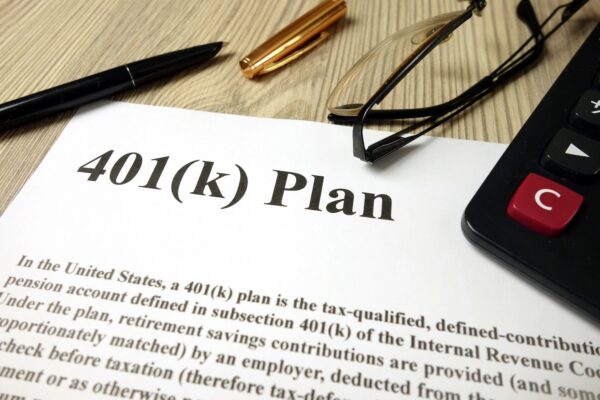The IRS recently released Notice 2024-80, detailing retirement plan contribution limit changes for 2025. These updates offer dental practice owners, administrators, and employees an opportunity to increase retirement savings.
Increased 401(k) Contribution Limits
For 2025, the IRS raised annual contribution limits for 401(k), 403(b), most 457 plans, and the federal government’s Thrift Savings Plan:
- Employee Contribution Limit: Increased from $23,000 in 2024 to $23,500 for 2025.
- Catch-Up Contribution (Ages 50+): Remains at $7,500.
- Secure 2.0 Catch-Up Contribution (Ages 60-63): $11,250 for employees nearing retirement.
Dental practice employees aged 50 and older can now contribute up to $31,000 to their retirement accounts, allowing them to grow their savings more robustly as they approach retirement.
IRA Contribution Limits Remain Steady
For those using traditional or Roth IRAs, the annual contribution limit remains unchanged at $7,000 in 2025, with a $1,000 catch-up for those 50 and older. Although there is no increase here, IRAs continue to be a valuable addition to retirement planning strategies, particularly for dentists and practice employees looking to diversify retirement savings.
Roth IRA Income Limits
The IRS also adjusted income thresholds for Roth IRA contributions, providing opportunities for higher-income earners to still participate, albeit with limits:
- Single and Head of Household Filers: Phase-out range is $150,000 – $165,000.
- Married Filing Jointly: Phase-out range is $236,000 – $246,000.
These limits mean that practice owners and employees within these income ranges may have reduced Roth IRA contribution options, while those exceeding these thresholds are ineligible.
SEP and SIMPLE IRA Limit Increases for 2025
For dental practice owners utilizing Simplified Employee Pension (SEP) IRAs or Savings Incentive Match Plan for Employees (SIMPLE) IRAs, there are new limits for 2025:
- SEP IRAs: Increased to $70,000 from $69,000 in 2024.
- SIMPLE IRAs: Employee contribution limit raised to $16,500, with the $3,500 catch-up remaining unchanged.
These adjustments make SEP and SIMPLE IRAs even more attractive for dental practices, particularly for smaller practices that want flexible and tax-efficient retirement options.
Higher Limits for Defined Benefit Plans
Defined benefit plans, typically more common in larger practices or for practice owners aiming for high retirement contributions, also saw an increase to $280,000 from $275,000 in 2024. They can provide substantial savings potential, enabling dental practice owners to make large contributions that help secure their retirement and enjoy tax advantages.
HSA Contribution Limits Updated
While not a retirement plan, Health Savings Accounts (HSAs) are an essential part of long-term financial planning, especially when considering future healthcare costs:
- Individual Contribution Limit: Increased to $4,300.
- Family Contribution Limit: Increased to $8,550.
- Catch-Up Contribution (Ages 55+): Remains at $1,000.
HSAs can complement a retirement plan by covering qualified medical expenses in retirement, allowing practice owners and employees to plan more effectively for future healthcare needs.
Strategic Considerations for Dental Practice Owners
These retirement plan updates provide a prime opportunity for dental practices to enhance their employee benefits and retirement strategies. Here are a few ways to leverage these changes:
- Encourage Increased Contributions: Educate employees on the benefits of maximizing their retirement contributions, especially with the new limits in place.
- Evaluate Plan Offerings: If your practice doesn’t currently offer a retirement plan, consider setting up a SIMPLE or SEP IRA, which provides higher contribution limits and tax benefits.
- Take Advantage of Catch-Up Contributions: For those over 50, the ability to make catch-up contributions is a valuable tool to accelerate retirement savings.
- Consider Employer Contributions: Adding employer contributions or matching can enhance employee satisfaction and loyalty, helping retain valuable team members.
Planning for a Financially Secure Future
With the updated IRS retirement plan limits for 2025, dental practice owners and their employees have an opportunity to boost their savings and ensure a financially secure future. To make the most of these changes, reach out to us for individual planning. Proper planning can help you maximize tax benefits, increase retirement readiness, and support your team’s financial health.
If you have questions about how these changes could impact your practice’s retirement planning, reach out to us for guidance. We’re here to help you understand the new limits and implement strategies to make the most of them.




